
Rosette Design
A floral-shaped design which is said to resemble the "Star of Bethlehem," an early spring flower of…
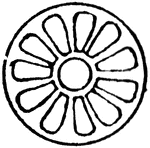
Rosette Design
A floral-shaped design which is said to resemble the "Star of Bethlehem," an early spring flower of…
S Forms
This design is especially repeated in the form of a border, are very common in the Caucasian fabrics,…
S Forms
This design is especially repeated in the form of a border, are very common in the Caucasian fabrics,…
S Forms
This design is especially repeated in the form of a border, are very common in the Caucasian fabrics,…
Scorpion or Spider
Chinese, viciousness, poison. In India it is believed that if a scorpion creeps over the body it causes…
Shirvan Design
This design is composed of a diamond figure, each side of which is formed by a series of steps. Frequently…
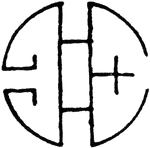
Shou
This design appears in many forms, but the three forms illustrated herewith are the most common, not…
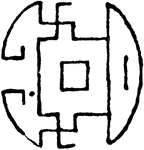
Shou
This design appears in many forms, but the three forms illustrated herewith are the most common, not…

Shou
This design appears in many forms, but the three forms illustrated herewith are the most common, not…
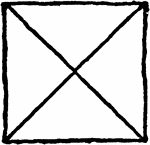
Solomon's Seal
Built on the right angle triangle and, like the Signet of David, it is found in many of the Turkish…
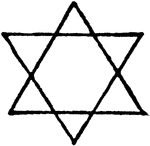
Star Designs
An emblem seen the world over in decoration, especially in synagogues. It is common in the Caucasian…
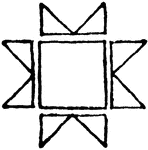
Star Designs
An emblem seen the world over in decoration, especially in synagogues. It is common in the Caucasian…

Star Designs
An emblem seen the world over in decoration, especially in synagogues. It is common in the Caucasian…
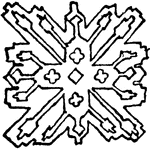
Sunburst
Palace or Sunburst design known by the latter name inasmuch as its shape suggests the radii around the…
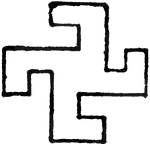
Swastika Design
"Derived from the Sanscrit word Svasti, which means good pretence. It dates bck three or four thousand…
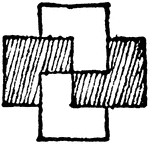
Swastika Design
"Derived from the Sanscrit word Svasti, which means good pretence. It dates bck three or four thousand…
Swastika Design
"Derived from the Sanscrit word Svasti, which means good pretence. It dates bck three or four thousand…
T Forms
This border design figure largely in the decoration of Samarkand and Chinese rugs. Similar to the Chinese…
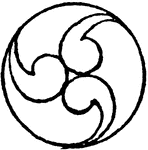
Tomoye Design
This design owes its origin to some ancient conception of elemental forces. It has been adopted by Korea…

Tree Design
Sometimes called the tree of life. Always associated with religious belief. It symbolizes Divine power…
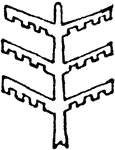
Tree Design
Sometimes called the tree of life. Always associated with religious belief. It symbolizes Divine power…
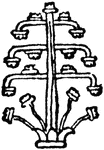
Tree Design
Sometimes called the tree of life. Always associated with religious belief. It symbolizes Divine power…
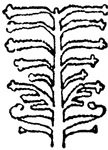
Tree Design
Sometimes called the tree of life. Always associated with religious belief. It symbolizes Divine power…
Turtle Design
The tortoise or turtle border design is a design in which the figure of the tortoise is arrayed in a…
Wine-Glass Border
A border which resembles a wine glass and is especially common in the Caucasian textiles, particularly…
Wine-Glass Border
A border which resembles a wine glass and is especially common in the Caucasian textiles, particularly…
Wine-Glass Border
A border which resembles a wine glass and is especially common in the Caucasian textiles, particularly…
Wine-Glass Border
A border which resembles a wine glass and is especially common in the Caucasian textiles, particularly…
Winged-Globe Design
An Egyptian design consisting of a small ball, on the sides of which are two asps with extended wings,…
Y Form
One of the most famous of the Mongolian patterns and figures largely in the decoration of Chinese rugs.